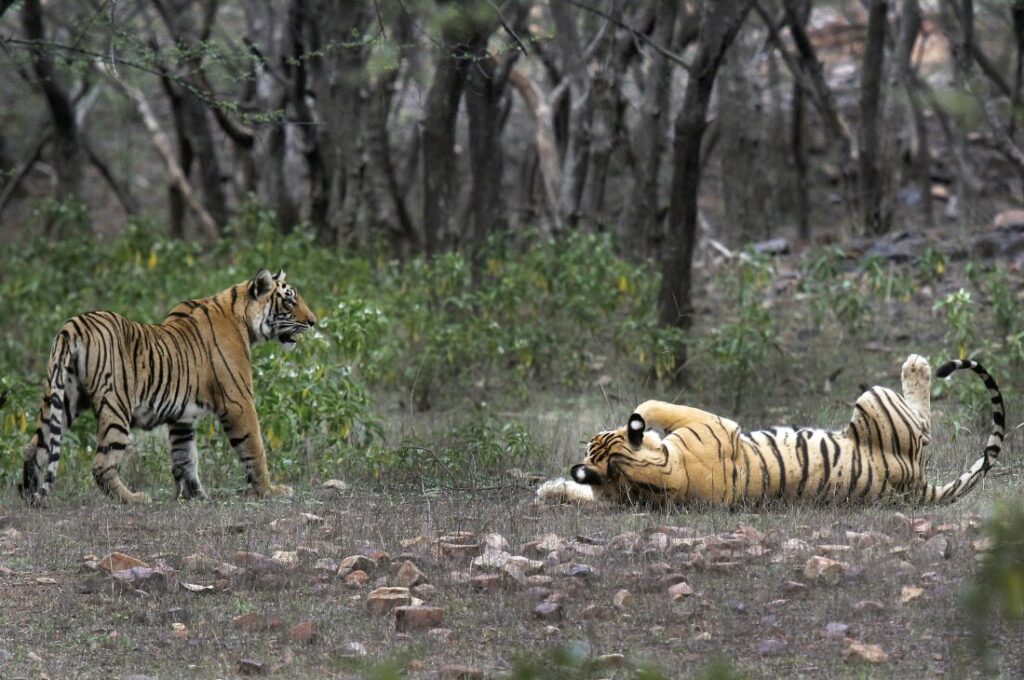India has witnessed an extraordinary milestone in wildlife conservation as its tiger population has nearly doubled in the past decade. According to the latest estimates, the number of tigers in India has risen from 1,706 in 2010 to approximately 3,682 in 2022. This significant growth highlights the success of conservation programs, community involvement, and stringent anti- poaching measures.
A Decade of Conservation Efforts
The remarkable recovery of India’s tiger population is largely attributed to the government’s commitment to wildlife conservation. The Project Tiger initiative, launched in 1973, has been a cornerstone of these efforts. Over the years, the project has strengthened protected reserves, ensured the availability of prey, and implemented measures to curb poaching.
Technological advancements such as camera trapping, satellite monitoring, and artificial intelligence in wildlife surveillance have played a crucial role in tracking tiger movements and preventing illegal activities. These efforts have significantly improved the survival rate of tigers in their natural habitat.

Challenges in Tiger Conservation
Despite this achievement, experts stress that maintaining a stable and growing tiger population requires continuous efforts. Habitat fragmentation remains a serious issue due to deforestation, urban expansion, and infrastructure development. As tigers require large territories to thrive, human encroachment into forests leads to conflicts and loss of biodiversity.
Additionally, poaching remains a threat, with illegal wildlife trade still active in certain regions. Though law enforcement has improved, the demand for tiger bones and other body parts in traditional medicine markets continues to endanger the species.
Balancing Conservation and Development
The rise in tiger numbers calls for a balanced approach that ensures both conservation and sustainable development. The expansion of protected reserves and wildlife corridors is crucial for providing sufficient space for tigers to roam freely. Programs that engage local communities in conservation efforts, such as eco-tourism and sustainable livelihood initiatives, have shown promising results in reducing human-wildlife conflicts.
India’s Global Leadership in Wildlife Protection
India is home to approximately 75% of the world’s tiger population, making it a global leader in big cat conservation. The success of India’s conservation strategy serves as an inspiration for other countries struggling with declining wildlife numbers.
With continued investment in conservation policies, habitat protection, and community participation, India can ensure a thriving future for its national animal. The doubling of the tiger population is not just a victory for conservationists but a testament to the collective efforts of government agencies, NGOs, and local communities in safeguarding one of the planet’s most iconic species.

